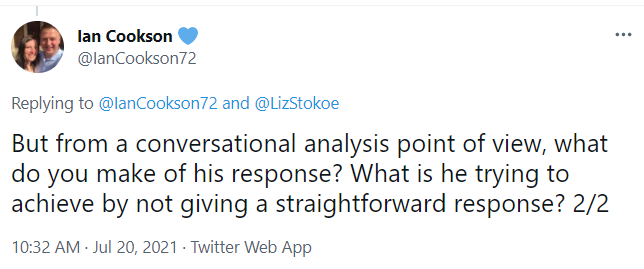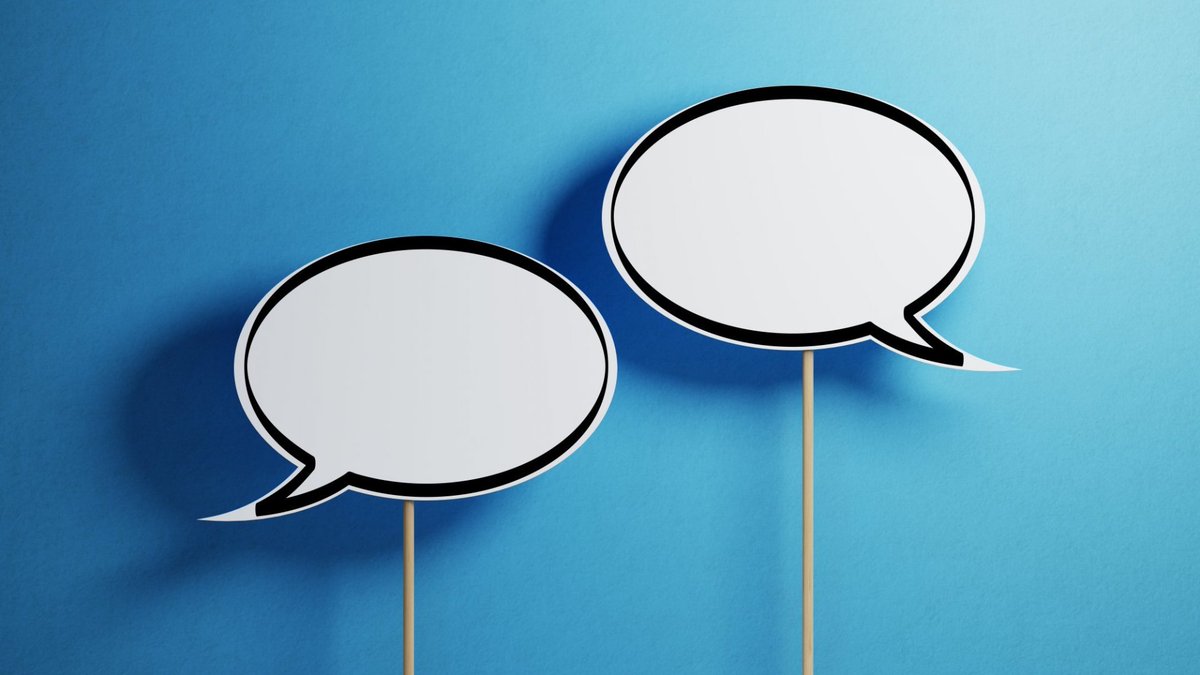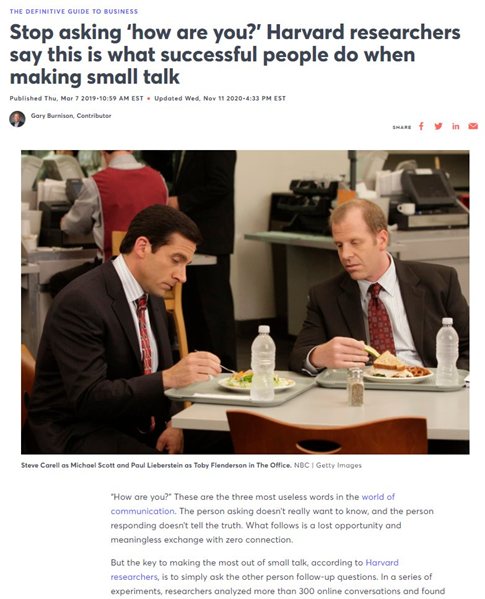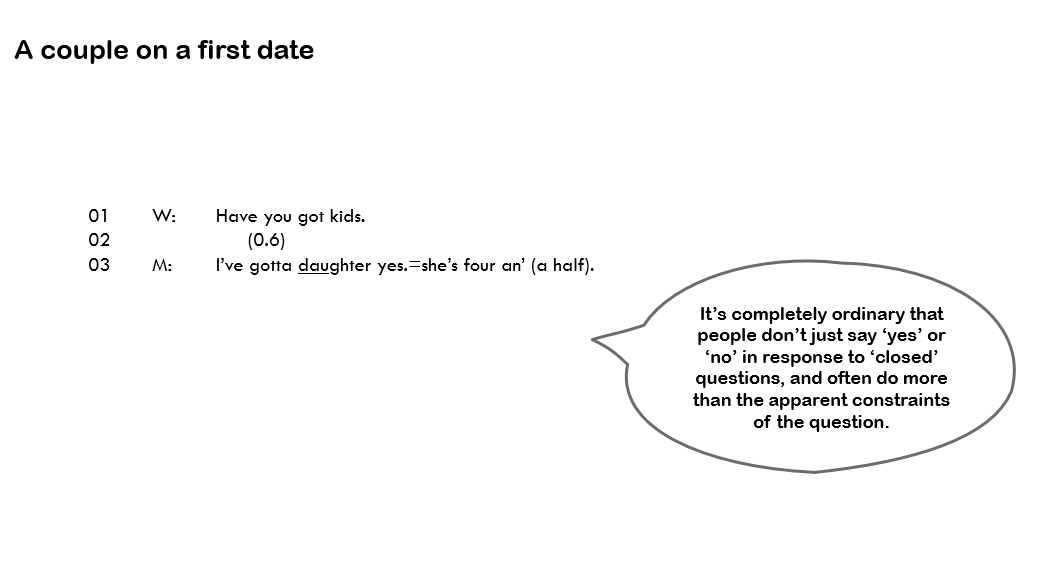
Here’s a little case study of the ripple effect of UK government mixed messaging - universities and face coverings.
1. “Face coverings are no longer advised for students, staff and visitors either in teaching rooms or in communal areas” (DfE, 17.8.21)
“no longer advised” 🤨
1. “Face coverings are no longer advised for students, staff and visitors either in teaching rooms or in communal areas” (DfE, 17.8.21)
“no longer advised” 🤨

2. Meanwhile, beyond campus, the government has
“removed the requirement to wear face coverings in law"
"but"
"expects and recommends that they are worn"
"in enclosed and crowded spaces where people may come into contact with people they don’t normally meet.”
“removed the requirement to wear face coverings in law"
"but"
"expects and recommends that they are worn"
"in enclosed and crowded spaces where people may come into contact with people they don’t normally meet.”

3. Back to universities:
“There are no longer restrictions on the approach to teaching and learning in HE... There is no requirement for social distancing or other measures within in person teaching... [and there are no] restrictions to face-to-face provision.”
“There are no longer restrictions on the approach to teaching and learning in HE... There is no requirement for social distancing or other measures within in person teaching... [and there are no] restrictions to face-to-face provision.”
4. So, with what words are universities formulating their policies?
The hedged/contradictory gov words: “Whilst gov guidelines mean that the wearing of face coverings is no longer mandatory, the gov expects & recommends that you wear face coverings in crowded & enclosed spaces.”
The hedged/contradictory gov words: “Whilst gov guidelines mean that the wearing of face coverings is no longer mandatory, the gov expects & recommends that you wear face coverings in crowded & enclosed spaces.”

5. Government not mentioned; frame includes 'community', 'culture of considerate personal responsibility', etc.
“Measures that will remain in place: Strong encouragement for staff and students to continue to wear face coverings inside and in crowded areas.”
“Measures that will remain in place: Strong encouragement for staff and students to continue to wear face coverings inside and in crowded areas.”

6. Collective personal pronoun "we" (government not mentioned); frame includes 'community', 'respect':
“We still expect everyone to wear a face
covering indoors. This still applies to most indoor settings on campus, with some local exceptions and unless you are exempt.”
“We still expect everyone to wear a face
covering indoors. This still applies to most indoor settings on campus, with some local exceptions and unless you are exempt.”

7. In Scotland, where masks are still legislated, a clear imperative:
“Everyone on campus will continue to wear a face covering in indoor spaces. This includes all staff, students and visitors in offices, labs and teaching spaces or other indoor areas.”
“Everyone on campus will continue to wear a face covering in indoor spaces. This includes all staff, students and visitors in offices, labs and teaching spaces or other indoor areas.”

8. So, the UK government sets the tone for different (sometimes subtly) interpretations of its guidance (different verbs, grammar, hedging, conditions; e.g., 'expect', 'recommend', 'encourage', 'require') making public health messaging more vague and woolly than should be. 

• • •
Missing some Tweet in this thread? You can try to
force a refresh























